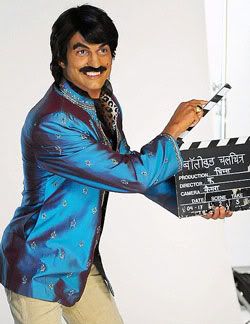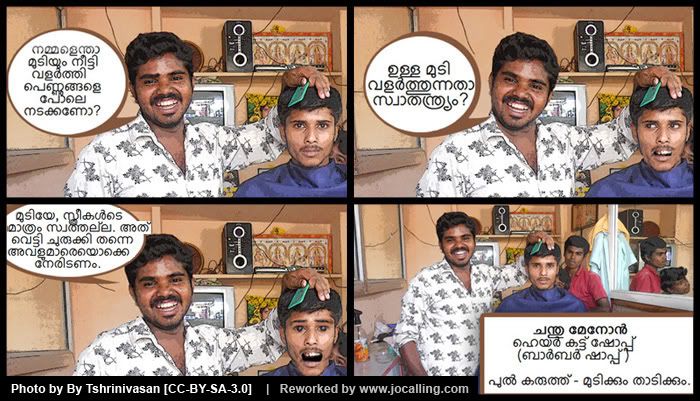 Last week the social media was abuzz with the allegations of an advertisement video being racist. The advertisement is of Popchips snack that has Ashton Kutcher in four different get-ups. One of them has an Indian identity called Raj and he is a Bollywood producer. This has called for a racist allegation by an American of Indian origin Anil Dash and it ended up cooking up a controversy and the company finally pulled off the ad.
Last week the social media was abuzz with the allegations of an advertisement video being racist. The advertisement is of Popchips snack that has Ashton Kutcher in four different get-ups. One of them has an Indian identity called Raj and he is a Bollywood producer. This has called for a racist allegation by an American of Indian origin Anil Dash and it ended up cooking up a controversy and the company finally pulled off the ad.
The whole drama has so much what-the-fuck-ness to it. I mean, advertisements always project stereotypes to sell the product and we do not always have a problem with it. Stereotypes are everywhere in the pop culture; be it commercials, cinema or music. Only when it goes over the top than usual that people notice and voice against it.
Anil Dash accused the video of being racist because the Indian character Raj is brownfaced and has a thick Indian accent(!). First of all, you would not take an advertisement such as this seriously. There are worse advertisements than this which project stereotypes in the worst manner. Second, there are other people being parodied in the ad, like a British youth or a Southern American hippie or a French fashionista. Southern Americans would have a better reason to complain because in American pop culture and Hollywood, they are always featured as homeless gypsies with a hippie lifestyle who live in mobile home parks. Or even Darl, the man with a fake French(?) accent have a good reason to complain because that is also a highly stereotyped version of men working in the fashion industry. Third, it is not wrong to feature an Indian brownfaced (a color which is generally associated with Asians) and with an Indian accent. So why would a techie like Anil Dash cook up such a controversy over such an ad? This guy is no dumb for sure, so what exactly could have happened?
Just after the launch of this ad series, the CEO of Popchips seems to have said “As a social brand, we’ve had a lot of social engagement. Now, it’s time to take it to the next level with an ad campaign that would provide more reach. [via]” Clearly, like with every commercial, they were looking for more reach. Shortly thereafter, Anil Dash popped up with his allegation that had supportive voices from an Indian origian rap group. Let us look at what Mr. Dash said about the company and it’s people.
“The people behind this ad are not racist. They just made a racist ad.” If that is not enough W-T-F-ness, there is more. Mr. Dash spoke to the CEO whom he calls “sincere and contrite”. He also made a generous gesture that the comapny doesn’t have to pull down the ad but give an explanation of how the process failed. But Mr. Dash who lets the company go scotfree doesn’t forgive the person who acted in it. He said Ashton Kutcher should “personally apologise”.
So what does this drama tell us? The company wanted to get people talking about them and it seems that some people like Anil Dash helped them ahieve the goal of getting enough publicity. That is how people down here in India also got to know about Popchips. Without spending a penny on advertisements outside the U.S., Popchips is now a known name. They can launch any time in India now. Thanks to the social media.
By the way, before alleging the foreigners of being racist, Indians should have a look at their own racist/regional/casteist attitude.
And even more, by the way, why is Ashton’s video is called racist and Shahrukh Khan’s is not?


